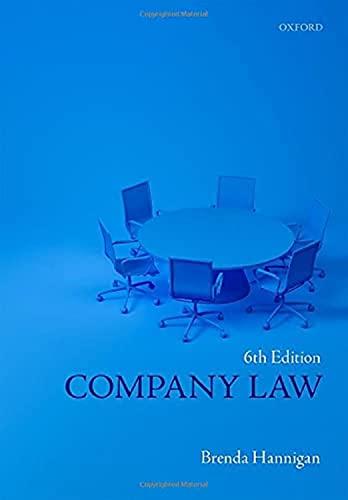Question
The Complaint states that it is inferred from a 28 November 1988 AT & T Bulletin issued to AT & T employees that AT &
The Complaint states that it is inferred from a 28 November 1988 AT & T Bulletin issued to AT & T employees that AT & T was aware of the defectiveness of the conference calling feature.Id., 32;see also28 November 1988 AT & T Bulletin. The 28 November 1988 AT & T Bulletin states: "`Under some conditions, the far-end parties on a conference call cannot hear each other very well.'"Id.The Complaint further quoted the 28 November 1988 AT & T Bulletin as follows: "`Some of the loss is within the Central Office and some may be attributed to the switched network.The rest of the loss is contributed by the SPIRIT controller which has a 3DB loss on each conferenced trunk.'" Complaint, 32;see also28 November 1988 AT & T Bulletin. The Complaint states the 28 November 1988 AT & T Bulletin further provided: "`Customers should be aware that ...high-transmission can't be guaranteed.For those customers for whom high-quality conference transmission is critical, the MERLIN products should be recommended, since some signal boosting takes place. If MERLIN is not appropriate, Alliance Teleconferencing Services should be recommended.'" Complaint, 32-33;see also28 November 1988 AT & T Bulletin.
1.Question.Why do firms borrow capital that has to be repaid rather than finance a firm with 100% equity?
2.QuestionWhat is the meaning of "Asset Beta"? How it is practically calculated? What is the relation of asset
beta with the equity beta of the company? Kindly explain & illustrate.
3.Question: What is the difference between Unsystematic risk and "business risk " of Systematic Risk?
4.Question:
When and why 'introduction' is used as a method of obtaining floatation?
5.Question: Please explain the terms asset beta and equity beta, the difference between the two and how they are
related. Is there any standard formula to calculate re-gearing and de-gearing betas? Though the
formula is given in the formula sheet of the exam paper, in the suggested answers given by the
examiner, other formulas are used to calculate the above.
6.Question
In the examiners 'Questions and Answers' for May 2010, question four (a) required a diagram
illustration for systematic and unsystematic risks. I have not attempted such a question in the CIMA
Exam Practice Kit, which made me quite anxious. Besides this diagram and the diagram for working
capital policy, what other diagrams should I learn? I understand that Modigliani and Miller (MM) theory
is an important part of the F3 syllabus, but I have difficulty in understanding it. Can you explain the
theory in simple terms, including the limitations of the theory?
7.QuestionCan you please explain to me the difference between cost of equity and cost of capital? For a geared
entity, how would raising equity finance impact on the cost of equity? I understand that equity finance
would not affect the cost of equity of a non-geared entity, since the financial risk will not be changed.
8.Question: How do you work around questions involving WACC and what does it mean to gear and regear?
9.QuestionIf Beta(eq) measures financial & business risk, what does Beta(debt) measure and if debt is risk- free
is Beta (debt) = 0 ?
10.Question: WACC three propositions always confuse me both in the Tax and the No tax together with the
calculation. So please can you explain it in simple words?
Step by Step Solution
There are 3 Steps involved in it
Step: 1

Get Instant Access to Expert-Tailored Solutions
See step-by-step solutions with expert insights and AI powered tools for academic success
Step: 2

Step: 3

Ace Your Homework with AI
Get the answers you need in no time with our AI-driven, step-by-step assistance
Get Started


